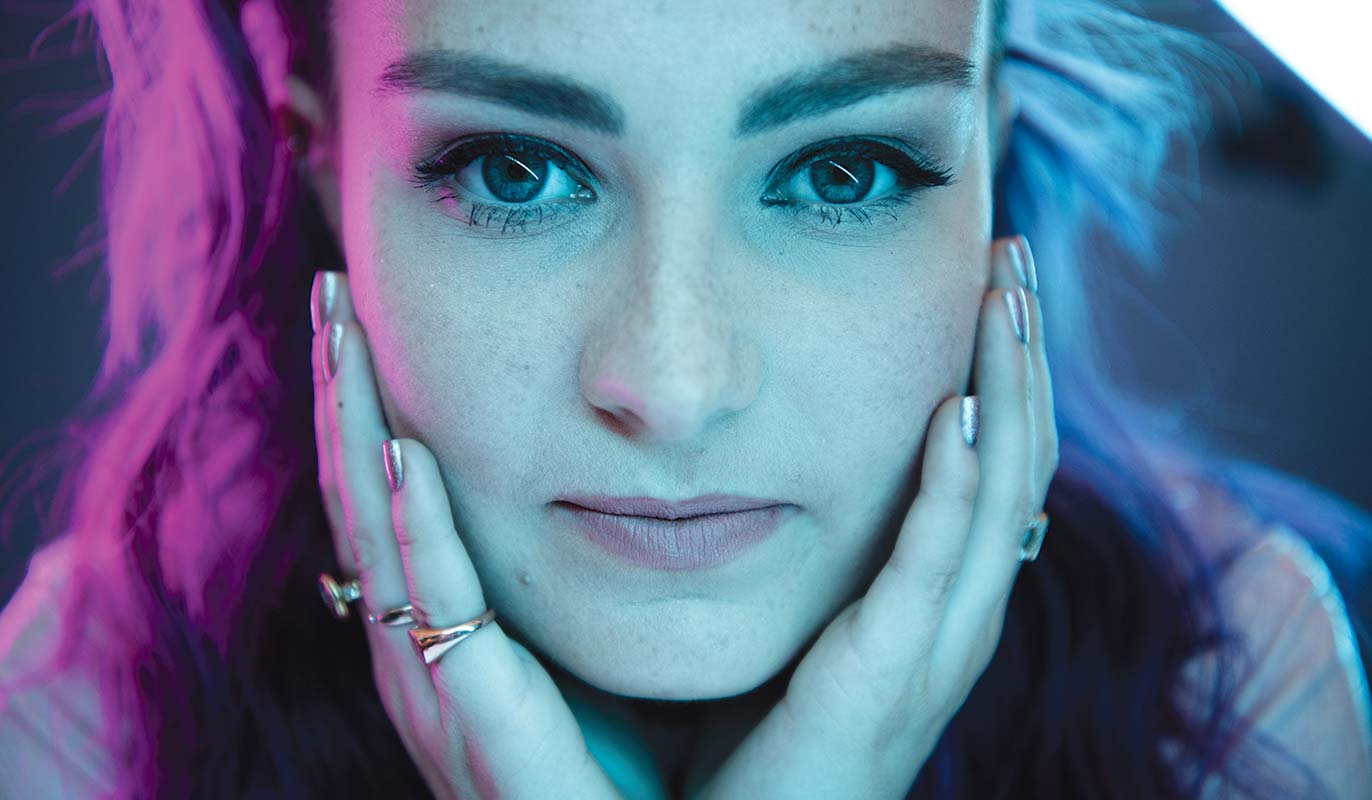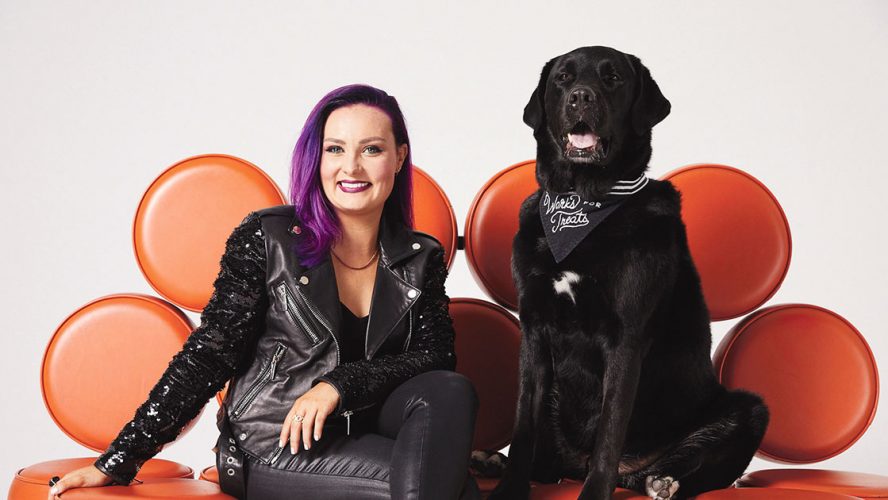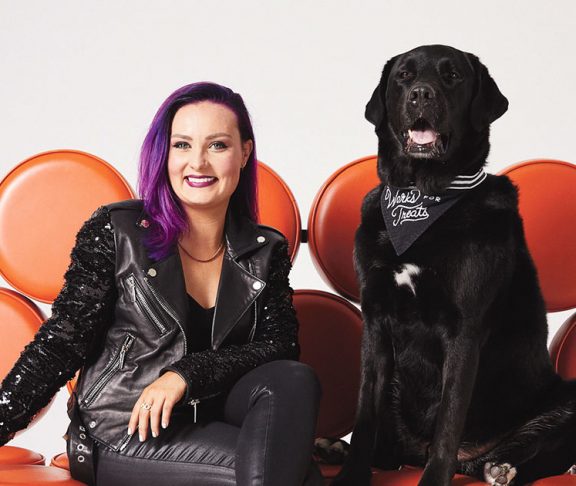Mediaplanet sat down with motivational speaker and blind advocate Molly Burke to learn about her experience living with retinitis pigmentosa and the future of accessibility.
Mediaplanet: At age four, you were diagnosed with retinitis pigmentosa (RP), a disease causing loss of vision. What challenges did this diagnosis present you with?
Molly Burke: The obvious challenges exist with blindness — not being able to drive, read, and so on, but to me, it’s some of the small challenges that can be the most frustrating. Trying to find the soap dispenser in a public washroom, trying to pay with a debit card at a touchscreen machine… it’s all those little daily tasks that can become frustrating at times.
[the_ad id="10099"][the_ad id="10103"]What encouraged you to become a motivational speaker and advocate for the blind and low-vision community?
I began public speaking at the age of five, about a year after my RP diagnosis. The moment I set foot on stage for the first time, I fell in love and I begged my parents for more. I asked to be put in acting classes and told my parents I was going to move to Hollywood and be an actress. Performing onstage has always been my passion. It’s where I feel more comfortable, more myself, and most alive. It felt only fitting that I use my passion for stage performance to share my story and help others.
You’ve become a successful content creator. Do you face accessibility issues online and through social platforms today?
Not all websites are accessible to screen readers, like I use. I continue to face issues of inaccessibility on different social platforms and apps, and require assistance with some things. I always try to raise awareness of these issues when they arise and hope to encourage more companies to think about accessibility in their designs.

As a content creator, what would you say are the most important elements to consider to guarantee your content is accessible?
Platforms like YouTube currently don’t have an option for audio description, which I’ve discussed with them and would love to see change in the future. Due to that, I try my best to be as verbally descriptive as I can when filming, although even I myself can miss things sometimes. No one is perfect, but I try my best to enable captions for the deaf and hard of hearing community and to be as inclusive with my language as possible.
How is technology redefining accessibility?
Technology can either be empowering or disabling for my community. When companies think about universal and inclusive design when creating their products, it can open so many doors for blind and low-vision users. It’s when they forget about us as a consumer and customer base and don’t design accessible products that we really take a step back.
What can Canadians do to create a more accessible and inclusive world?
Everyone can play a role in making the world more accessible. It starts with knowledge and empathy. I think all Canadians can make more of an effort to educate themselves and become more involved with the disability community around them.
What advice do you have for other Canadians experiencing vision loss?
Get involved in the vision loss community — go to your local CNIB, join blind-friendly sports teams, find support groups (there are plenty on Facebook) — just get involved and don’t be afraid of this community. The blind community is an incredible place and has amazing people to learn from and share with.
[the_ad id="10101"]

